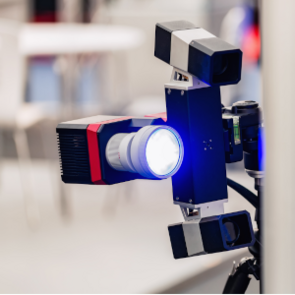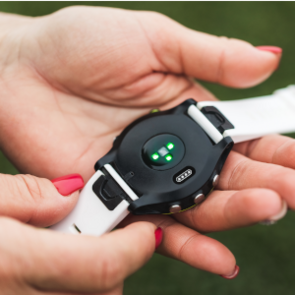Axis 1: Smart and connected environments
The multiplicity and the diversity of sensors make it possible to design connected and sensitive (senseable) urban environments to better measure, model and understand the conditions and issues related to mobility.
Sensors
Whether to model urban infrastructure or to collect data on the environment, sensors offer numerous possibilities to better understand the mobility issues of vulnerable populations.
The Chair’s research is interested in the use of environmental scanning technologies such as mobile LiDAR and SLAM which, coupled with artificial intelligence, could make it possible to automatically extract accessibility data from point clouds. This approach could lead to develop detailed, large-scale mapping of the built environment, whether inside buildings or in the city, thereby promoting the development of reliable and highly precise mobility aids.
The Chair's work also focuses on the use of real-time ambient sensors to measure mobility conditions throughout the territory: quality of snow removal, weather conditions, presence of obstacles, etc. Whether by relying on physical sensors (e.g. cameras) distributed in space or deployed on vehicle fleets or by focusing on the Human as a Sensor paradigm, by analyzing signals from cellular technologies or the active participation of the population in the collection of data via crowdsourcing, this real-time approach would make it possible to inform vulnerable road users of hazards on their journeys.


Smart ecosystems
The large-scale deployment of sensors requires the establishment of suitable infrastructures and ecosystems, allowing the processing and communication of multiple technologies from an ecological perspective – i.e. without disrupting the existing environment. Several of the Chair's research projects focus on the development of algorithms and tools enabling the optimization of sensor networks: optimization of spatial coverage, optimization of energy efficiency, etc. Technologies such as Li-Fi networks or beacons are implemented.
In addition, modern technologies allow to develop connected environments capable of collecting data but also of informing users of urban space and supporting their mobility. The Chair's work focuses on the concept of affordance and questions these potential uses of intelligent ecosystems. Data from sensors and the innovative perspectives offered by artificial intelligence are analyzed in the light of the emergence of territorial digital twins in order to develop solutions for mobility.